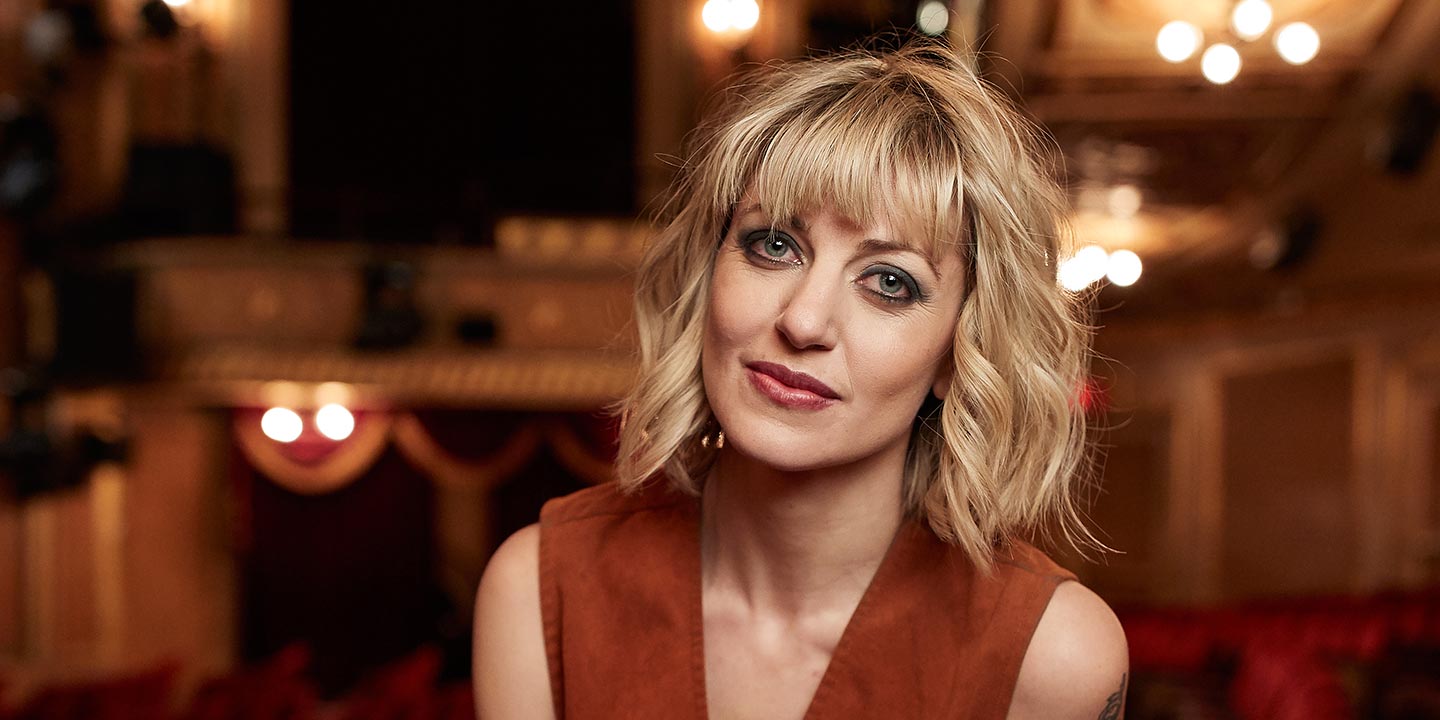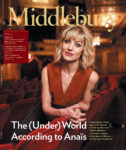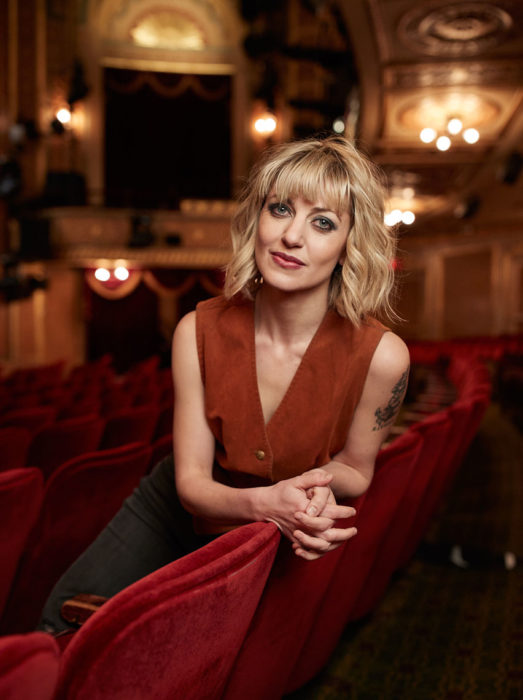
One of the pleasures of freelancing is that you never know what the next phone call or email may bring. A quiet week can turn into a busy week, a run of local work can turn into travel across the country, or you can suddenly find yourself working in a new-to-you location in a city where you have worked for decades. The latter was the case when I received word of the opportunity to photograph Anaïs Mitchell, the singer/songwriter and the creative force behind the new Broadway folk opera, Hadestown, for Middlebury Magazine. Anaïs is its composer, lyricist, and author and she has had Hadestown in development for over a decade.
Hadestown retells and intertwines the Greek myths of Orpheus and Eurydice, and Hades and Persephone, by setting their stories in an industrial autocratic world hemmed in by divisions. The earth above and the underworld, God and mortal, and those free to travel and those kept in by walls. It opened at the Walter Kerr Theater in mid-April to rave reviews and it just received 14 Tony nominations. The most of any Broadway production this season.
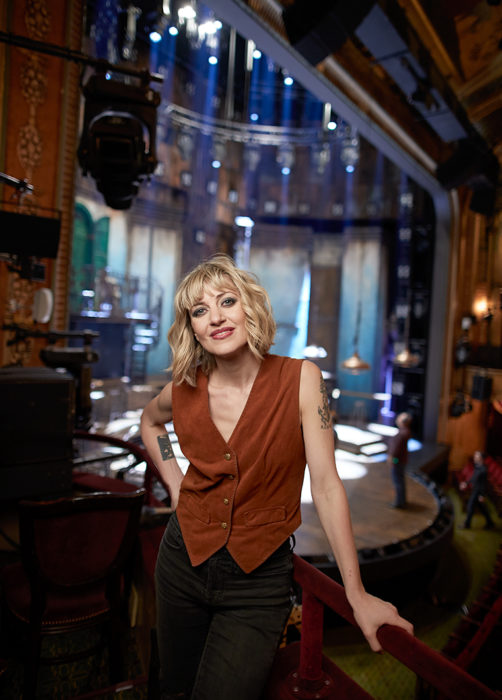
Before we dive into the project, I got to see the show as part of my scouting and it is phenomenal! Broadway musicals can sometimes feel stiff and compartmentalized. You can sense each scene announcing its intention, “now is when we speak,” “now is when we break into song.” Not Hadestown. I don’t know that I have ever seen a show as free-flowing and organic as this. It moves so seamlessly that you are not aware of its structure. Everything about the production is stellar; the acting, the singing, the songs, the prose, the costumes, and the staging.
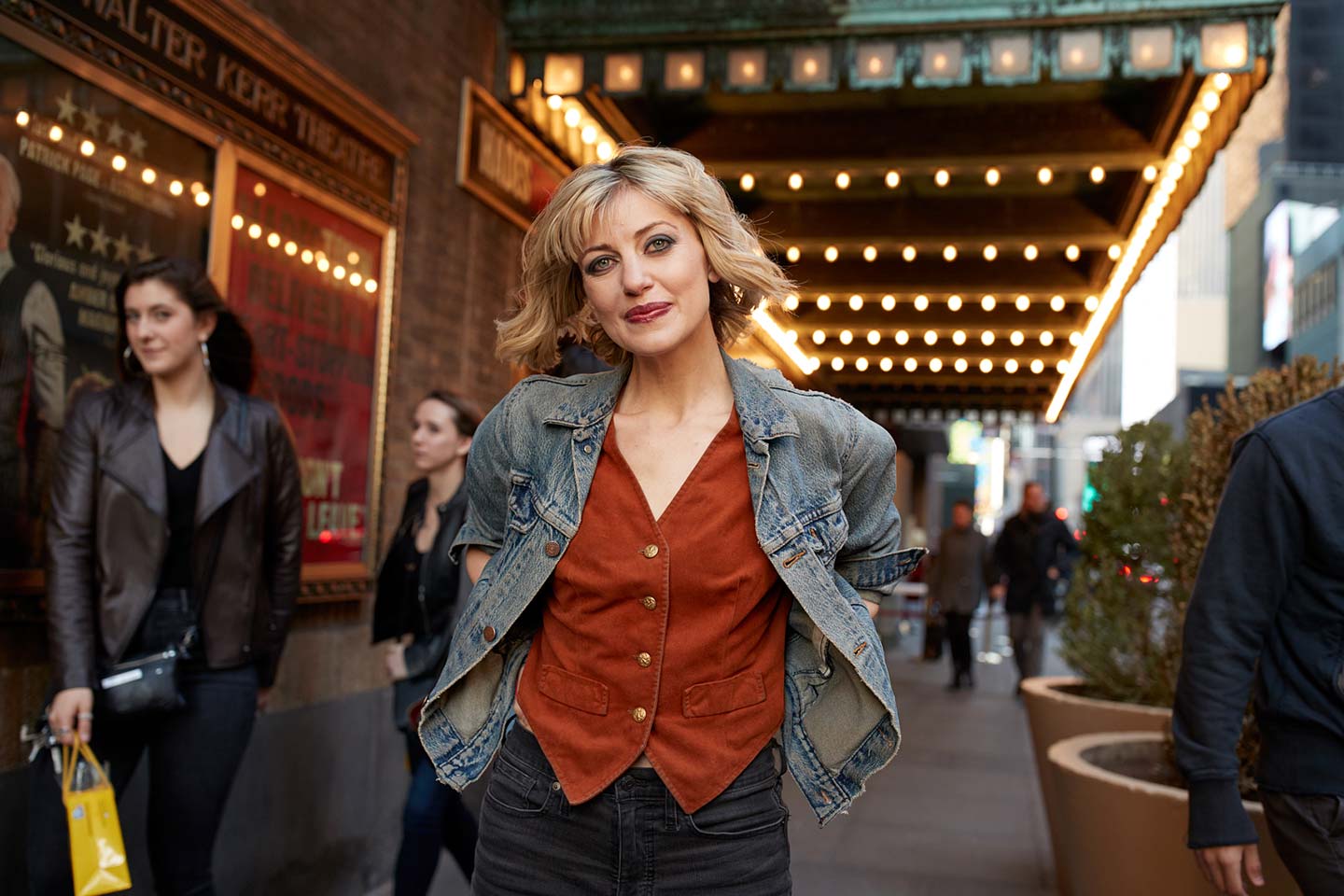
Production
This was a project with interesting constraints. I had a generous amount of time with Anaïs, just over an hour in between a matinee and an evening performance, but union rules limited us on when we could enter the theater and the evening performance cut us off on the back end. So, my time with Anaïs was split with the first half-hour outside and the remainder inside.
Fortunately, the creative director, Pam Fogg, and I were able to scout the night before. This helped immensely, allowing us to pre-select the locations where we would photograph. It also tipped me to potential hurdles which are typical of New York City theaters. They have limited space in the aisles and adjacent to the walls. Even the boxes on the balcony level can have multiple small tiered levels within each box. This can make using a light stand difficult.
One more wrinkle was color temperature. Outside would be daylight but inside the theater varied between daylight for the stage lighting to heavily tungsten for the house.
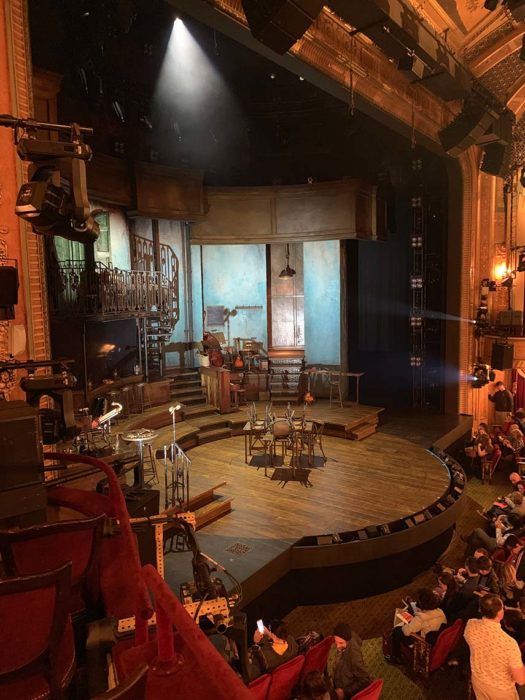
In mulling over how best to handle this I had to factor in mobility and production value. On the mobility side I would be limited to what my assistant, Paul Benson, and I could carry. There was clearly no way to make an equipment cart work. Given that, I felt two bags and a light stand would be it. One bag for the camera kit and the other for the lighting. To keep us on schedule each setup would have to be a one-light scenario with the light acting as a key for inside or as a fill light for outside. Regardless, the light would need mix well with any of the color temperatures we encountered.
On the production value side, the bigger the light source the better and the quicker it can be adjusted to a particular color temperature the more useful it becomes. Additionally, battery power was a must. There would be no time to work with AC power or to run extension cords.
For this project I settled on using one of my continuous lights as opposed to using a strobe. This was a Litepanels Astra, a 1’x1′ bi-color LED light, which I often use for video and filmmaking work. As a bi-color light its color temperature is controllable from tungsten to daylight and it can be battery powered. It is bright enough to hold its own outside and it is incredibly quick to work with on set, dialing in its color and its output. It is also large enough that it doesn’t feel like a specular source. I have two different soft boxes for it, a 17″ square and a 23″ x 31″, and the light with a softbox mounted can be handheld. This last point would be crucial for shooting inside in the cramped uneven spaces and, as you’ll learn below, outside as well.
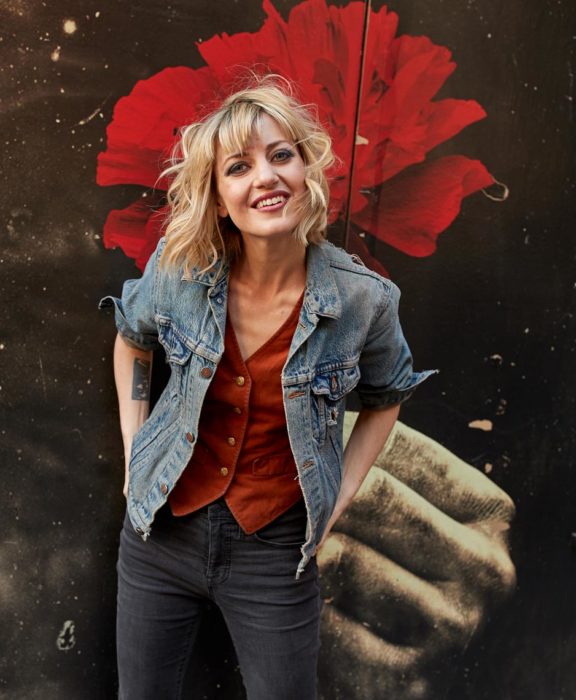
The Astra turned out to be the perfect choice. Outside, it was very windy so Paul handheld it with the smaller softbox mounted on it. Inside the theater, I used it with the larger softbox both mounted and handheld.
There are other advantages to an Astra or to any continuous light source in situations like I encountered here where you don’t need a strobe’s power to overpower daylight or to freeze action. First, a continuous light source makes it very easy to visualize what you are getting. You literally see it in front of you. The lighting is not contained within an ephemeral flash of strobe light. You can see how the color of the light mixes with the ambient light, how intense the light needs to be, and where best to place the light. So, using a continuous light source there is less of the time consuming trial and error you get when working with a strobe setup. Second, a continuous light source can be much less taxing on the subject and on those in the room. They aren’t constantly pelted with flashes. I’m sure this aided in my interaction with Anaïs and it ensured that I did not interfere with the work on the stage which was going on in the background while I was photographing.
I don’t have any behind the scenes shots because we were working so quickly but we got four setups done outside and five done inside.
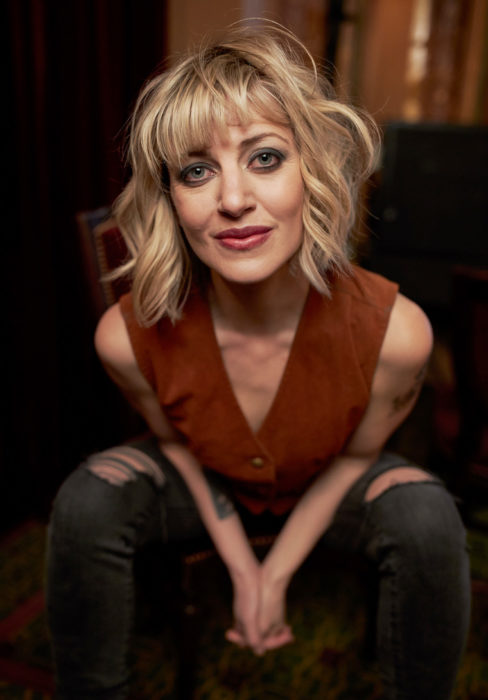
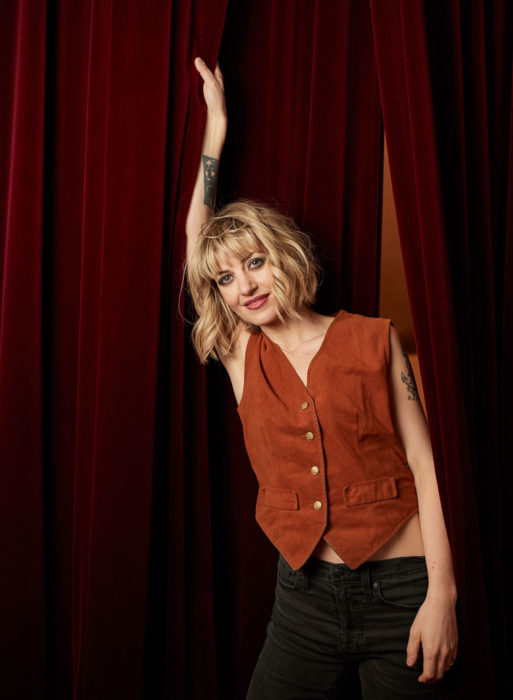
Here is the Middlebury Magazine cover story:
Camera Notes
I shot raw image files with a Canon 1DX Mark II and Canon’s 35mm f/1.4L II and 24mm f/1.4L II EF lenses. ISO was 800 outside and 1600 or 3200 inside. I kept the aperture fairly wide open to blur the background and keep the attention on Anaïs. It bounced between f/1.8 and f/2.8. The raw files were processed Capture One Pro and I did additional post on select images in Photoshop.
—
Much thanks to Anaïs Mitchell, Middlebury Magazine, Pam Fogg, Matt Jennings and Paul Benson.
